A doctor’s rich memories of marathons across the planet
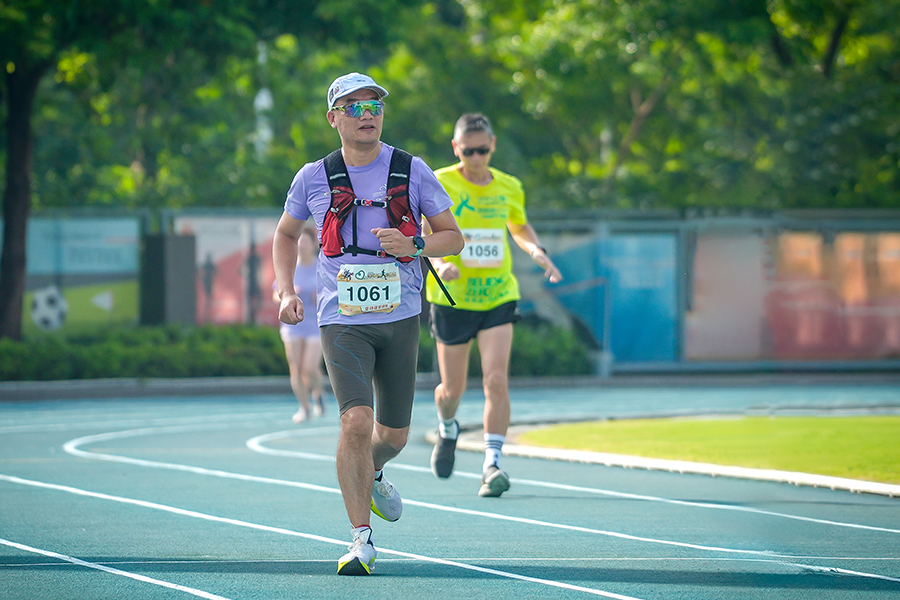 “Citizens handed out brown sugar to runners in the Okinawa Marathon. We enjoyed the sunrise in Alishan as we ran. In Fujian province, there were tour guides to introduce the Tulou monuments. And at the U-Lay Gorge Marathon, there was a superbly rich supply station for runners with local delicacies of roasted suckling pig and hot spring eggs,” says Dr Axel Siu Yuet-chung, the Chief of Service at the Accident & Emergency (A&E) Department at Ruttonjee & Tang Shiu Kin Hospitals, as he looks back on a wealth of memories from running races all around the world.
“Citizens handed out brown sugar to runners in the Okinawa Marathon. We enjoyed the sunrise in Alishan as we ran. In Fujian province, there were tour guides to introduce the Tulou monuments. And at the U-Lay Gorge Marathon, there was a superbly rich supply station for runners with local delicacies of roasted suckling pig and hot spring eggs,” says Dr Axel Siu Yuet-chung, the Chief of Service at the Accident & Emergency (A&E) Department at Ruttonjee & Tang Shiu Kin Hospitals, as he looks back on a wealth of memories from running races all around the world.
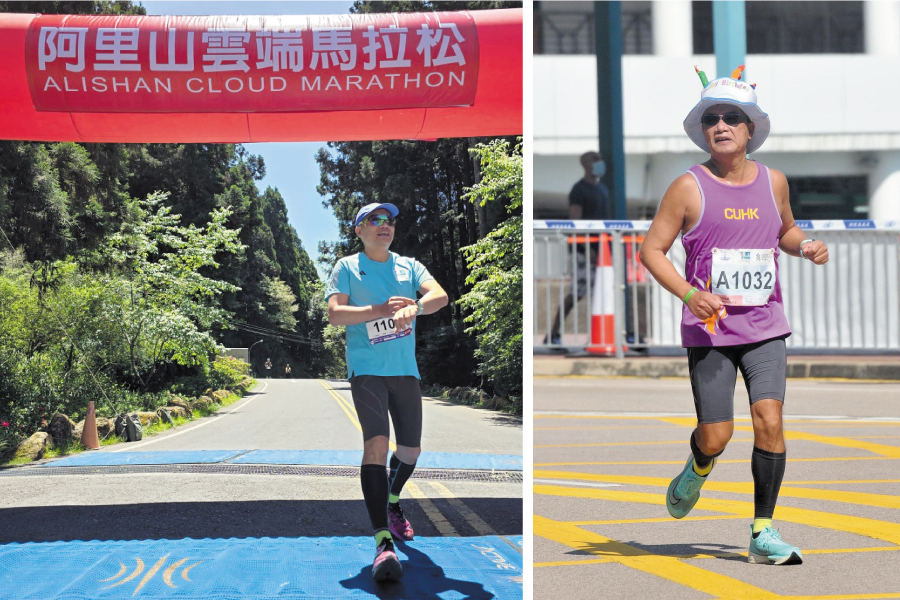
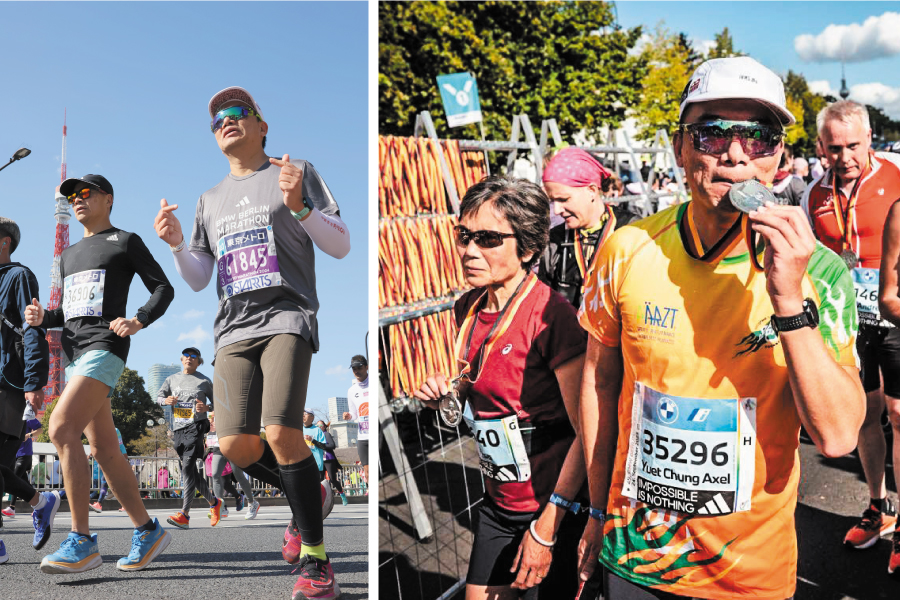
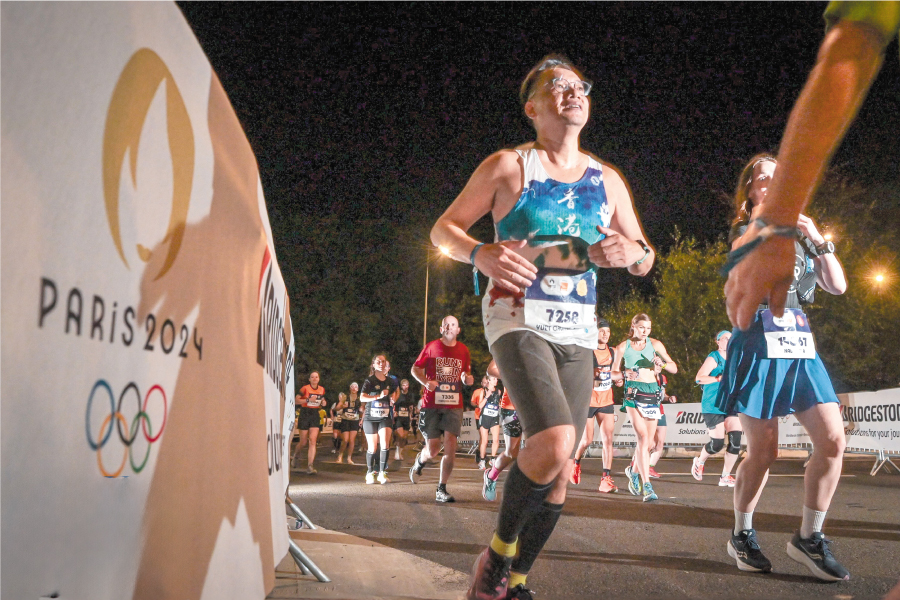 Dr Siu ran his first full marathon in Hong Kong in 2005 and fell in love with it. “At that time, I did not have enough experience and training. I remember running up the incline at the Western Harbour Crossing, which was really tough. The time limit then was five hours and I was lucky to finish the race before the cut-off time. The experience taught me the importance of training regularly,” he says. He enjoyed long-distance running as a way to exercise the body, strengthen the will, and meditate. “I do not listen to music when running,” he explains. “Instead, I enjoy the scenery around me. I have to solve different kinds of problems at work, but running clears my mind and I sometimes think of solutions when I run.”
Dr Siu ran his first full marathon in Hong Kong in 2005 and fell in love with it. “At that time, I did not have enough experience and training. I remember running up the incline at the Western Harbour Crossing, which was really tough. The time limit then was five hours and I was lucky to finish the race before the cut-off time. The experience taught me the importance of training regularly,” he says. He enjoyed long-distance running as a way to exercise the body, strengthen the will, and meditate. “I do not listen to music when running,” he explains. “Instead, I enjoy the scenery around me. I have to solve different kinds of problems at work, but running clears my mind and I sometimes think of solutions when I run.”
Dr Siu has now run 46 full marathons in locations including Berlin, Tokyo, Copenhagen, Southampton and – perhaps most memorably – Paris in August when for the first time in the history of Olympic Marathon, the public was able to run the same course as the one for the 2024 Olympics. Runners were required to run 10,000 kilometres within two and a half years in advance to participate in a lottery, which attracted more than 800,000 entries from around the world but only 40,000 amateur runners were admitted through a draw. “I have never had luck with lotteries, and I double-checked it was not a fraudulent email when I got a message telling me I had a place,” Dr Siu smiles.
Dr Siu was arranged to take off at 10pm, running from the city to the countryside, passing by famous sights such as the Palais Garnier, the Louvre Palace and the Palace of Versailles, and returning to the finish line at 2 to 3am. At that time, the whole city was still echoing with the sound of ‘Allez!’ “‘Allez’ means ‘come on’ in French,” Dr Siu recalls. “People and tourists cheered and high-fived the runners as they made their way in darkness. The atmosphere along the route was amazing. Even though I am not an elite athlete, I felt like I was part of the Olympic team participating in the event and I was so happy.”
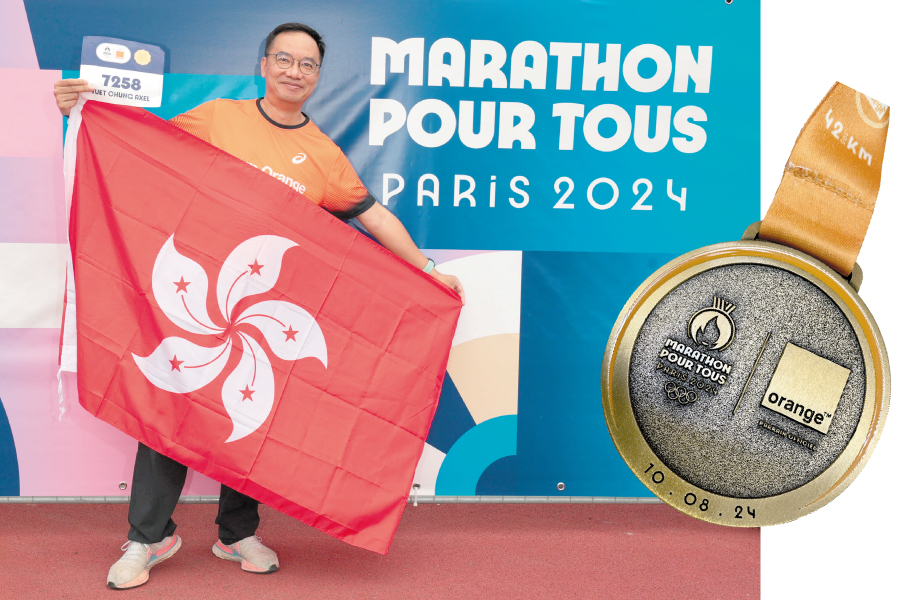
On standby to save runners’ lives
Dr Siu has a busy schedule at work but always keeps his running clothes and shoes in his office to maintain his training. For him, running a marathon is no longer a race against time. Instead, he describes himself as a runner who admires the scenery and the distinct atmosphere of the different marathons he runs around the world. In recent years, he has added a mission to his long-distance running. He encountered a runner who collapsed and had no pulse in a 10 kilometres race 11 years ago. “Luckily, there were other doctors and ambulancemen at the scene, and we took turns to administer cardiopulmonary resuscitation. Later, an ambulance arrived and used an automated external defibrillator (AED) and the runner’s heartbeat was restored. We go out for dinner every year to commemorate his recovery.” Dr Siu believes that apart from rescuing critically ill patients in A&E departments, doctors should also make use of their knowledge and skills to save lives outside hospitals. He therefore organised a team with colleagues and equipped themselves with a relatively lightweight AED and basic first aid supplies to save runners during marathons.“I hope I can complete 100 full marathons in my life. That would be very fulfilling,” he says. “Next, I will go to Tohoku Migayi Revive Marathon in November, which is held to support the recovery from the 2011 earthquake and tsunami. Along the way, there are relics of the earthquake, monuments, and new facilities built after the disaster - so it is another marathon with a powerful story to tell.” Dr Siu’s eyes sparkle with excitement as he outlines his plans for the future.
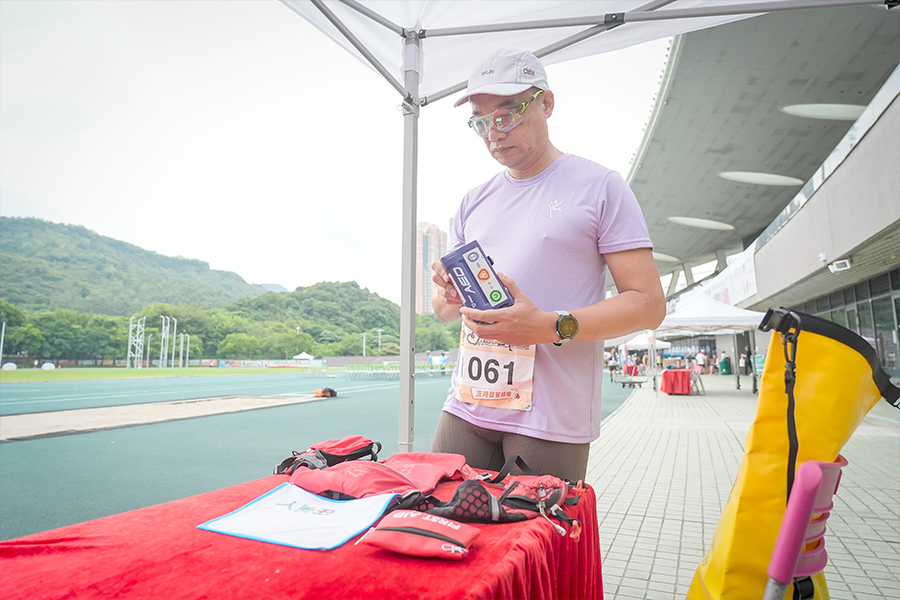 Interview video
Interview video